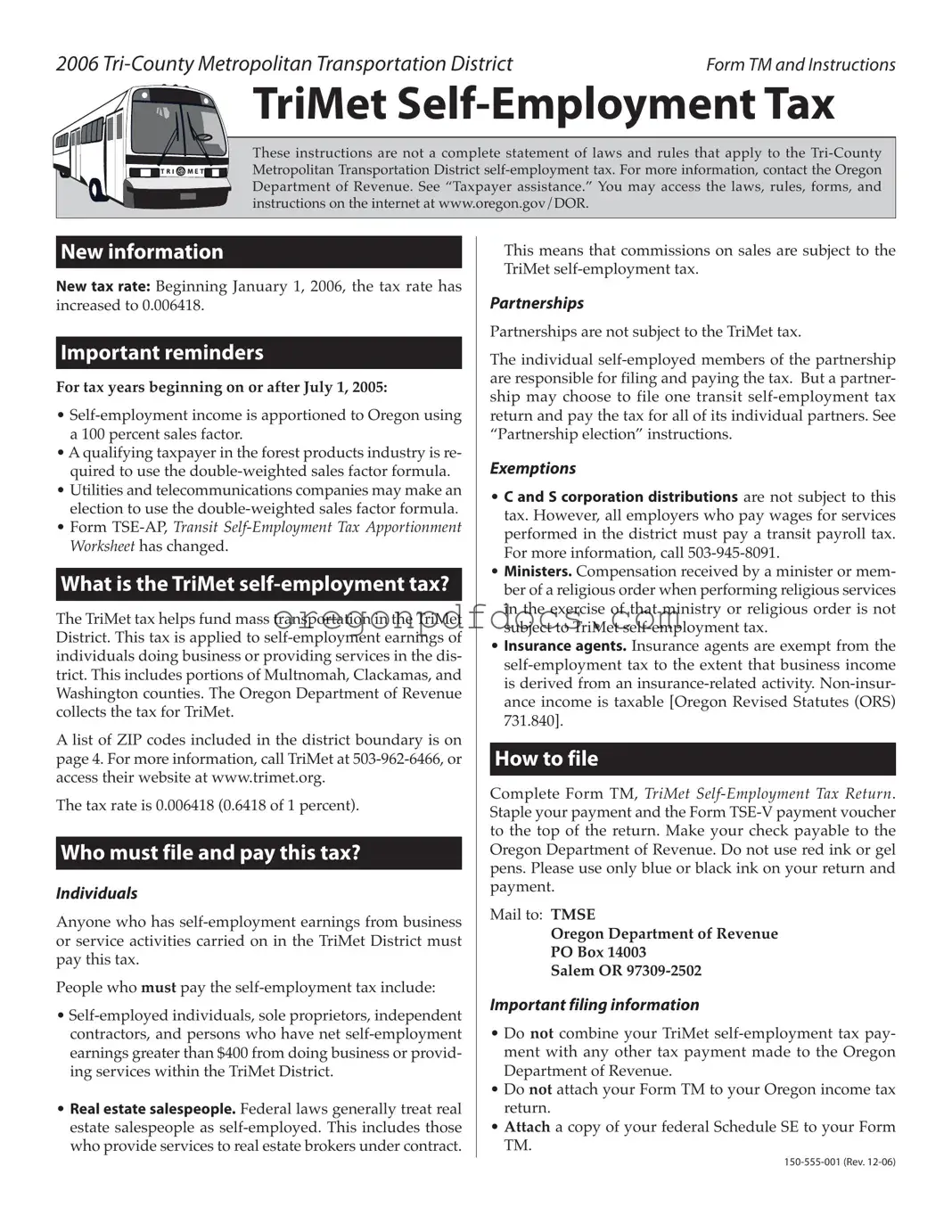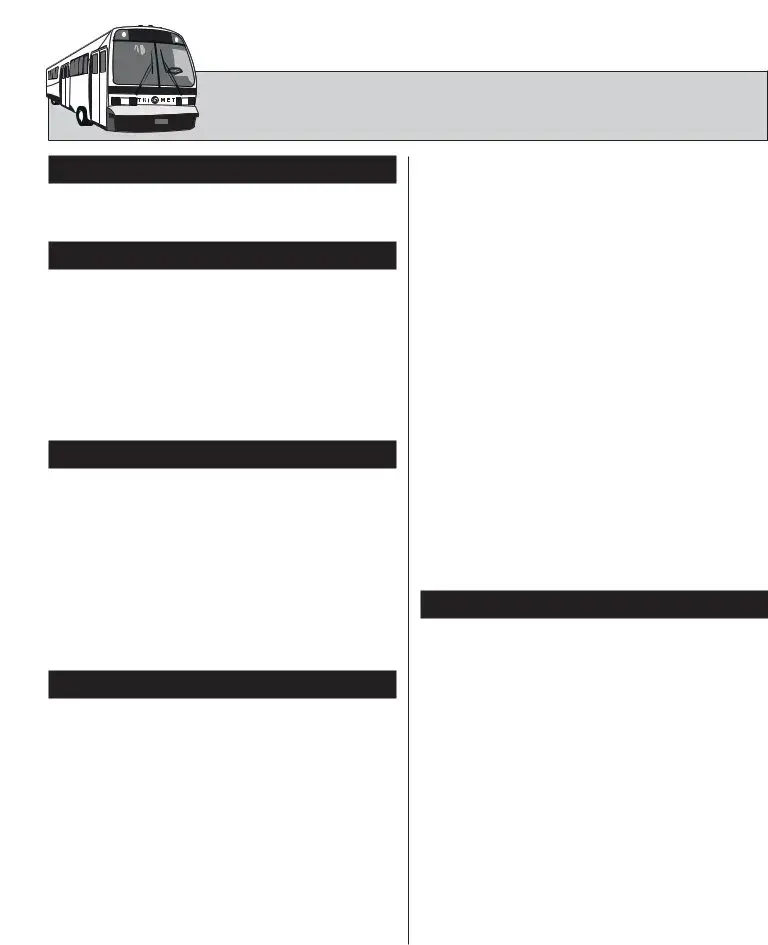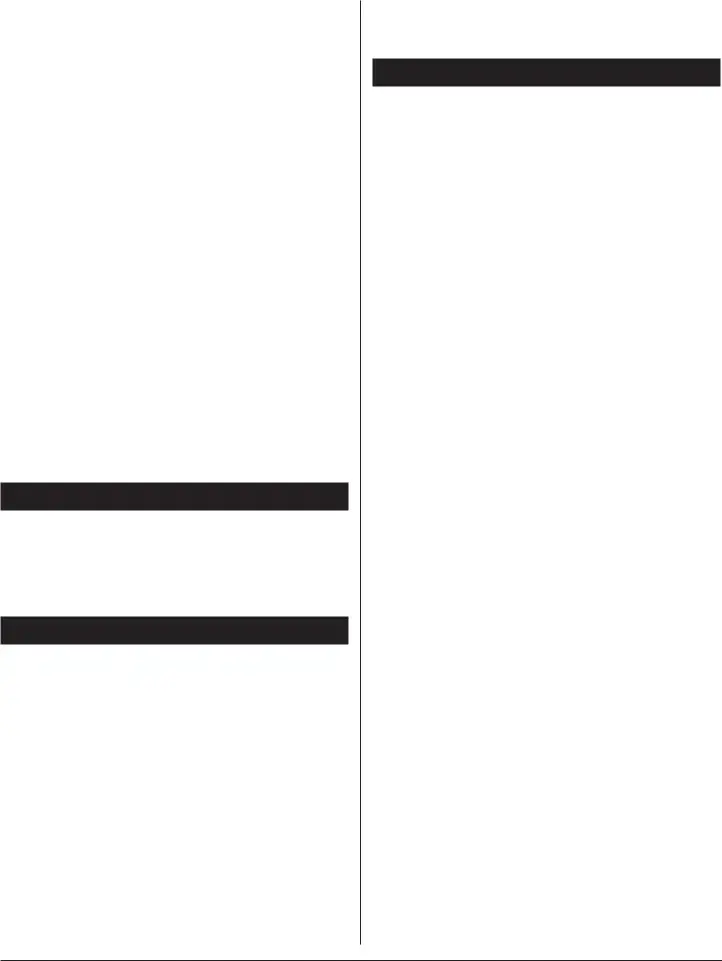The partnership’s return and payment shall be based upon the net earnings from self-employment of the individual partners from the partnership for their taxable years ending with or within the calendar year.
Due date: April 16, 2007. The partnership must file a return and pay the tax due on or before the 15th day of the fourth month following the end of the calendar year.
Fiscal year taxpayers: When a partnership tax year ends within a calendar year, the partnership files on a calendar year basis with the return due April 16, 2007.
Example: If a partnership has a tax year ending August 31, 2006, and its partners use a calendar year, the partnership must pay on or before April 16, 2007, the amount due from the partner’s net earnings from the partnership for its taxable year ending August 31, 2006.
Partnerships must attach a schedule listing the following information for each partner:
•Name.
•SSN.
•Share of partnership income.
•Individual exclusion.
Partners: If your partnership is filing on behalf of all part- ners, you do not need to file a separate Form TM unless you have net self-employment earnings from sources other than the partnership. Report only these additional net self- employment earnings on your individual Form TM.
Amended returns
You must file an amended return to claim a refund of tax paid. To file an amended return, use the appropriate form for the year of the original return and check the box indicating “This is an amended return.” Attach an explanation of the changes made.
Form TM instructions
Name and address section
Individuals: Fill in your name, address, telephone number, and SSN.
The request for your SSN(s) is authorized by Section 405, Title 42, United States Code. You must give us this infor- mation. It will be used to establish your identity.
Partnerships: Fill in the partnership name, address, tele- phone number, FEIN, and Oregon business identification number (BIN).
You must provide, on a schedule attached to Form TM, the name, SSN, share of partnership income, and individual exclusion for each partner. Your return cannot be processed without this information.
Check the box if any apply:
•An extension has been filed.
•This is an amended return.
•Utility, telecommunications, or forest industry.
Line instructions—Form TM
Instructions are for lines not fully explained on the return.
Line 1. Self-employment earnings. Fill in the amount from federal Schedule SE, Section A, line 3; or Section B, line 3 unless you meet one of the exceptions below:
More than one business included on federal Schedule SE? Only include those businesses from line 3 of your federal Schedule SE that have net earnings. Do not use a business with a net loss to offset a business with net earnings.
Example: Business A has net earnings of $20,000 and Busi- ness B has a net loss of $10,000. The amount on line 3 of your federal schedule SE is $10,000. Fill in on line 1 of Form TM the amount of $20,000. File one return. Attach a schedule to the return and include each separate business and their net earnings or losses. There are no carry-forward of losses to another year.
Did you receive Partnership income? Did the partnership file Form TM and pay the tax for the partners? If so, reduce the amount from your federal Schedule SE, Section A, line 3; or Section B, line 3 by the amount of your income from that partnership.
Important. Do not make Oregon changes or modifications to federal income on Form TM. Your earnings that are subject to TriMet self-employment tax will generally be the same as the earnings you report on your federal Schedule SE, Section A, line 3; or Section B, line 3.
Line 2. Apportionment:
•Percentage cannot be less than 0 percent or more than 100 percent.
•Enter 100 percent if all of your business activity is within the transit district. Do not fill out Form TSE-AP.
•Fill out and attach a completed Form TSE-AP if your busi- ness activity is carried on both in and out of the district.
Line 4. Exclusion. Each taxpayer’s exclusion is the lesser of the taxpayer’s self-employment earnings (line 3), or $400.
Individuals: Enter $400 or the amount on line 3, whichever is less. Was the exclusion partially or completely used on another 2006 Form TM filed by your partnership? If so, fill in only the unused amount of the $400 exclusion.
Partnerships. Enter $400 for only those partners whose share of positive earnings are included in the amount on line 3. If any partner’s exclusion was partially or completely used on another 2006 Form TM, include on line 4 only that partner’s unused amount of the $400 exclusion. Each partner is re- sponsible for ensuring that the total of all exclusions does not exceed $400.
Do not include any partner with a loss.





